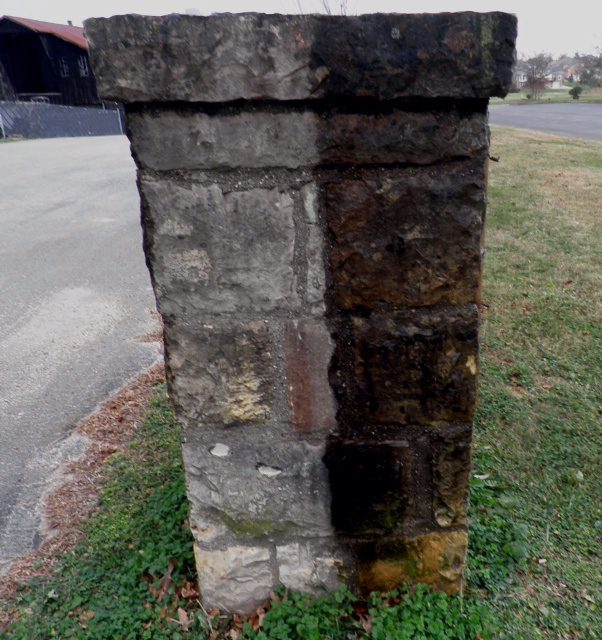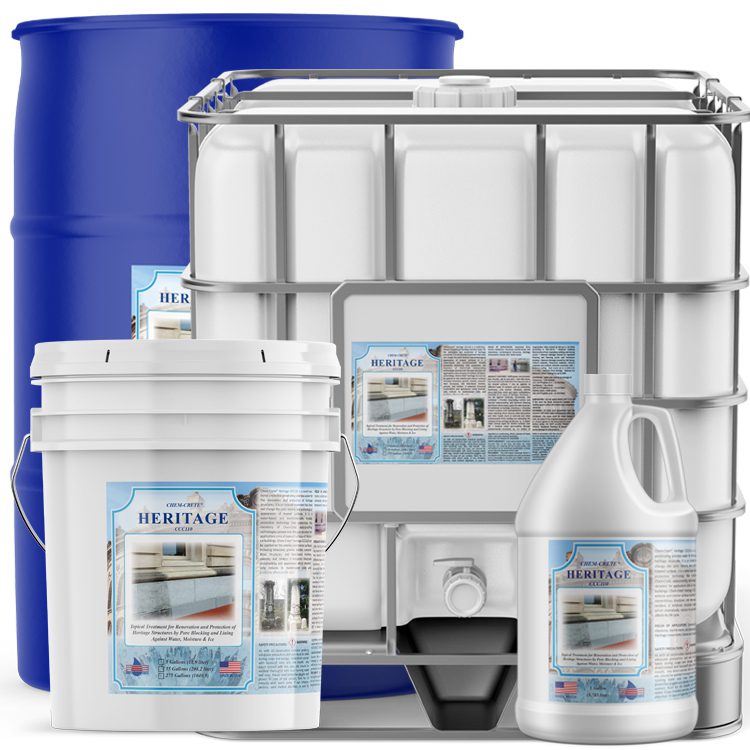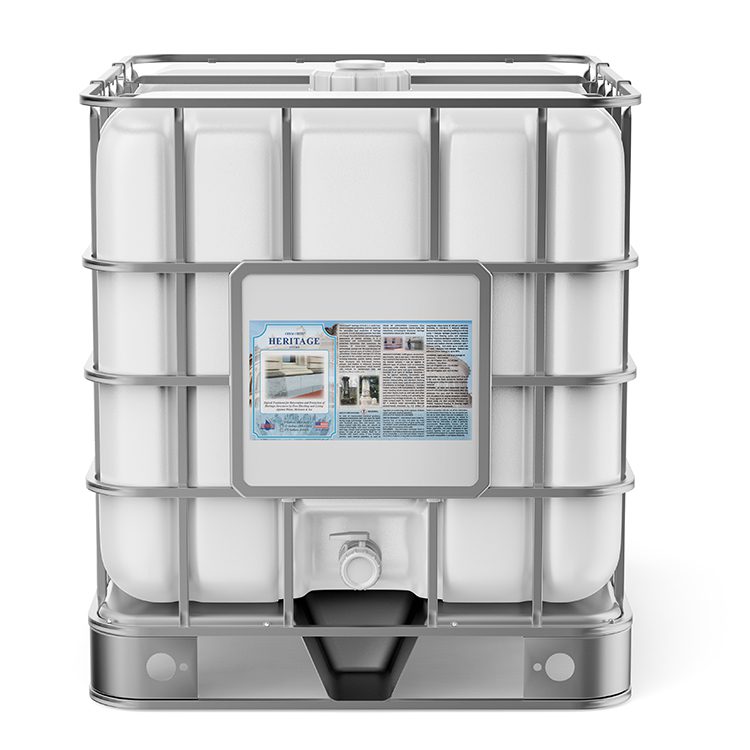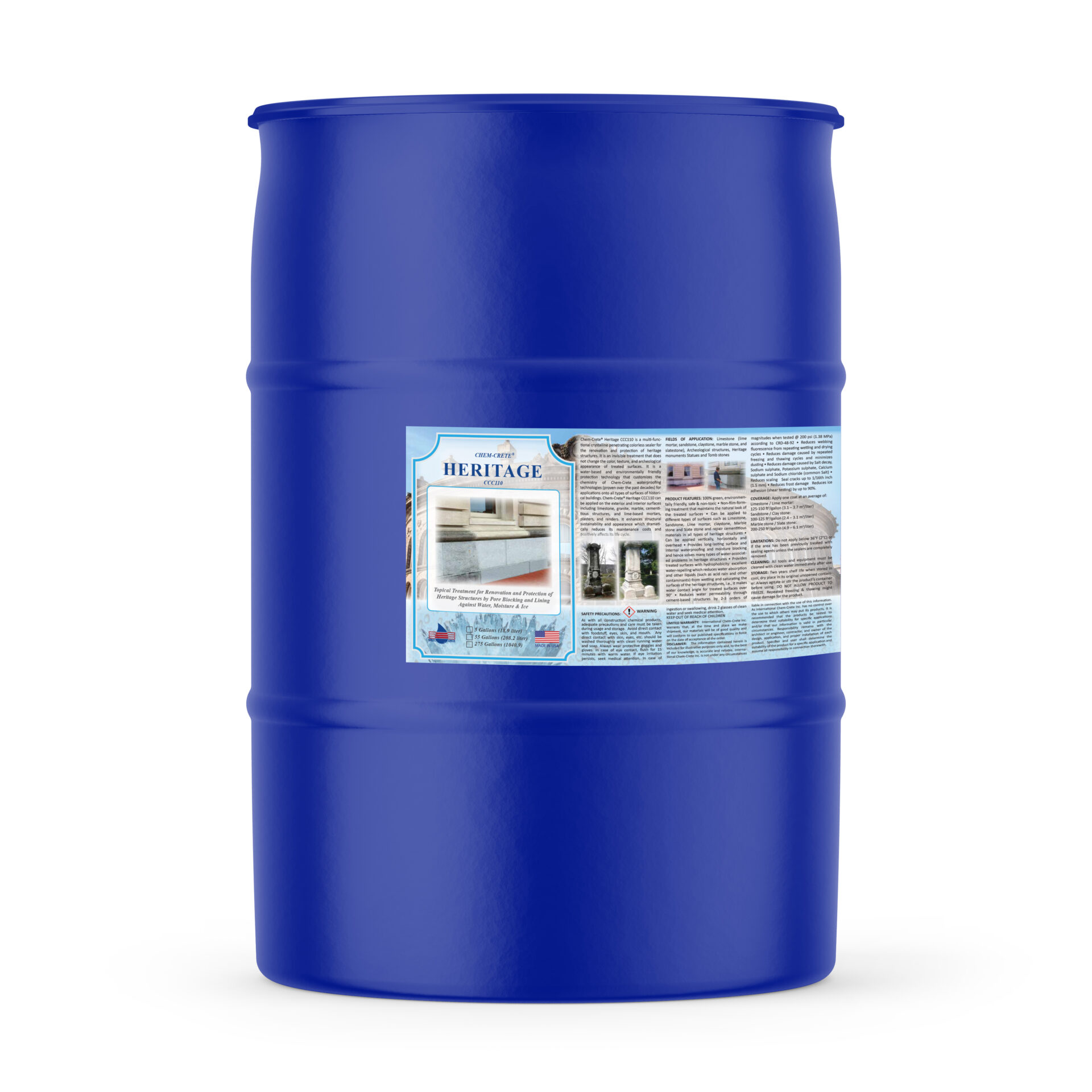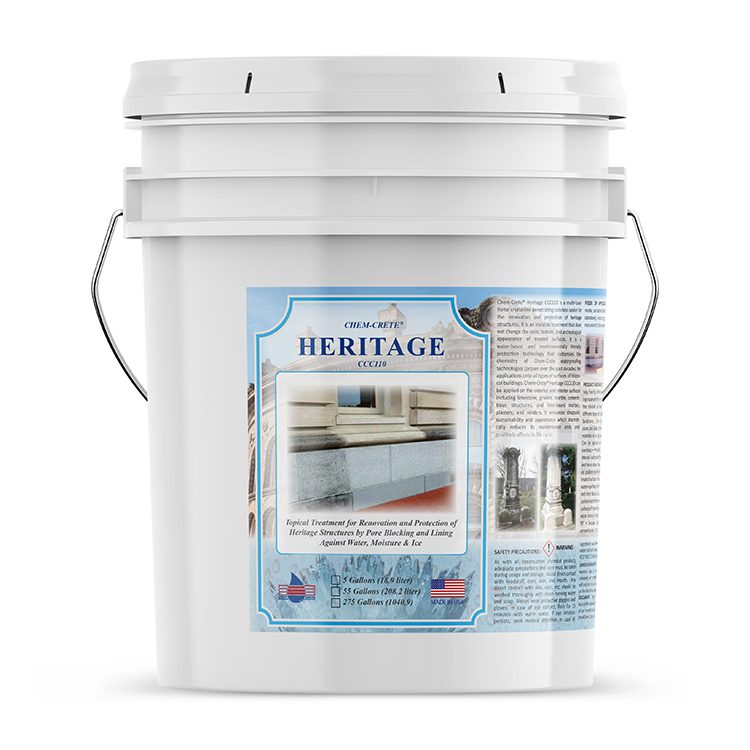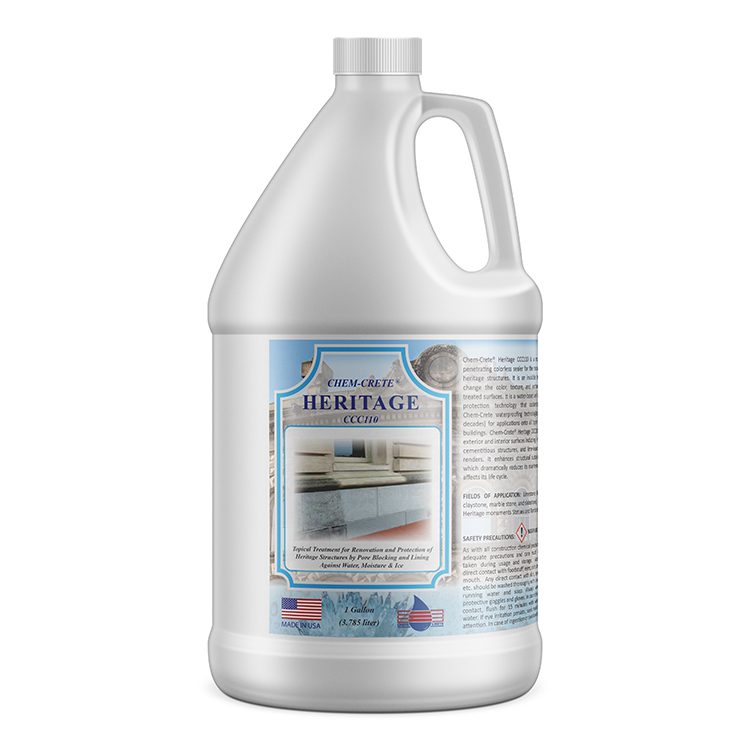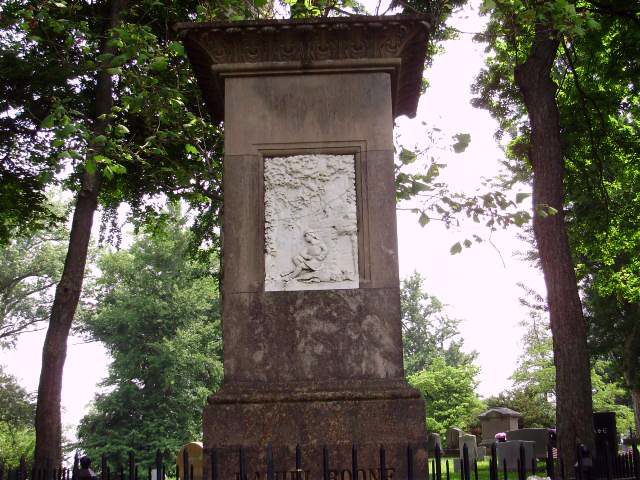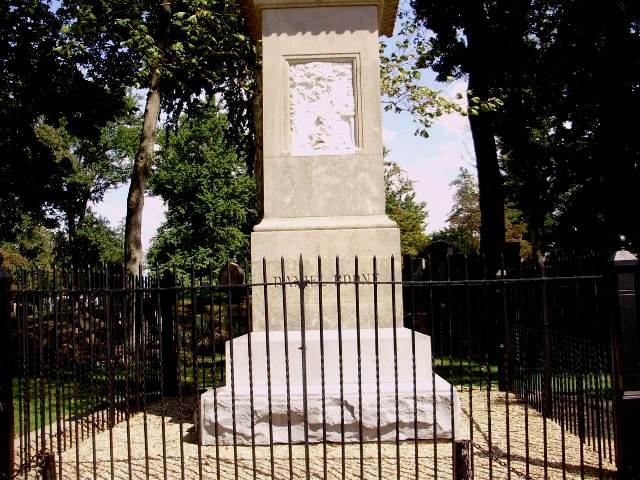ADVANTAGES
- 100% green, environmentally friendly, safe & non-toxic.
- Non-film-forming treatment that maintains the natural look of the treated surfaces.
- Can be applied to different types of surfaces such as Limestone, Sandstone, Lime mortar, claystone, Marble stone and Slate stone and repair cementitious materials in all types of heritage structures.
- Can be applied vertically, horizontally and overhead.
- Provides long-lasting surface and internal waterproofing and moisture blocking and hence solves many types of water-associated problems in heritage structures.
- Provides treated surfaces with hydrophobicity: excellent water-repelling which reduces water absorption and other liquids (such as acid rain and other contaminants) from wetting and saturating the surfaces of the heritage structures, i.e., it makes water contact angle for treated surfaces over 90°, see Fig. 2.
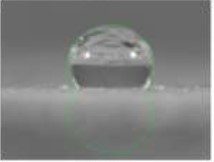
Fig. 2: Water contact angles (q=120o) for a cementitious surface treated with Chem-Crete® Heritage CCC110 (it made the treated surface over hydrophobic).
Note: the drop spread over the control (untreated) surface and hence measuring the contact angle was not possible.
- Reduces the growth of fungal, mildew, bacterial and microbial organisms as confirmed by testing according to the U.S. Military Standard MIL-SDD810G test method, see Fig. 3.
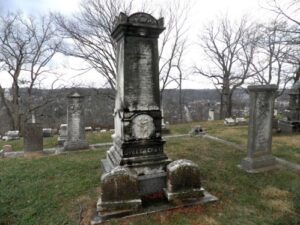 |
 |
| Before treatment |
Post treatment |
Fig. 3: Grava Monument for Kentucky governor Letcher 1848-1852. Frankfort, KY Cemetery
|
- Reduces water permeability through cement-based structures by 2-3 orders of magnitudes when tested @ 200 psi (1.38 MPa) according to CRD-48-92.
- Reduces webbing fluorescence from repeating wetting and drying cycles.
- Reduces damage caused by repeated freezing and thawing cycles and minimizes dusting.
- Reduces damage caused by Salt decay, Sodium sulphate, Potassium sulphate, Calcium sulphate and Sodium chloride (common Salt).
- Reduces scaling
- Seal cracks up to 1/16th inch (1.5 mm).
- Reduces frost damage.
- Reduces ice adhesion (shear testing) by up to 90%.
USES
Chem-Crete® Heritage CCC110 can be used as a treatment, protection and preservation for heritage buildings & structures build with:
- Limestone, Lime mortar, Sandstone, Claystone, Marble stone, and Slatestone
- Archeological structures
- Heritage monuments
- Statues
- Tomb stones
TECHNICAL
Physical Properties @ 77 oF (25 oF)
| Viscosity |
<10 centipoises |
| Freezing Point |
26ºF (-3.33°C) |
| Boiling Point |
220ºF (104°C) |
| Color |
Clear |
| Environmental Hazards |
None |
| Drying Time @ 77ºF (25°C) |
2 – 3 hours |
| Odor |
None |
| Toxicity |
None |
| Fumes |
None |
| Flammability |
None |
APPLICATION
Application: Chem-Crete® Heritage CCC110 can be applied to stone, cementitious surfaces and lime/earth renders without prior cleaning, however, cleaning is preferred and can greatly improve the product’s performance; proper cleaning will open the surface pores and capillaries to enhance the penetration process. Compressed air can be used to remove dust and lose particles from the surface. Flushing the area to be treated with water can improve the cleaning process. For heavily contaminated areas, it is recommended to use compatible and nonharmful cleaning agents such as Chem-Crete’s Heritage Cleaner which helps remove contaminants, dirt, and carbonation from those areas.
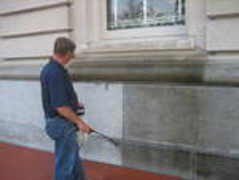 |
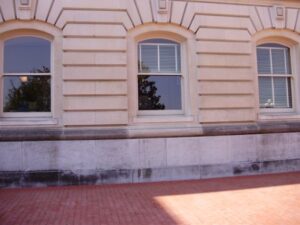 |
| Application of CHEM-CRETE® HERITAGE 110 |
Treated area 3 years later |
| Fig. 7: Kentucky State Capital Building |
Application tools: CHEM-CRETE HERITAGE 110 can be applied using handheld sprayers, commercial sprayers, rollers, or paint brushes.
Coverage: Apply only one coat at an average coverage rate of:
Limestone: 125-150 ft2/gallon (3.1 – 3.7 m2/liter)
Lime mortar: 125-150 ft2/gallon (3.1 – 3.7 m2/liter)
Sandstone: 100-125 ft2/gallon (2.4 – 3.1 m2/liter)
Clay stone: 100-125 ft2/gallon (2.4 – 3.1 m2/liter)
Marble stone: 200-250 ft2/gallon (4.9 – 6.1 m2/liter)
Slate stone: 200-250 ft2/gallon (4.9 – 6.1 m2/liter)
Coverage rate is dependent on surface porosity and conditions severeness.
Limitations: Do not apply CHEM-CRETE® HERITAGE 110 in the following cases:
- If the surface temperature falls below 36°F (2°C).
- If the area has been previously treated with sealing agents unless the sealers are completely removed.
STORAGE
Two years shelf life when stored in cool, dry place in its original unopened container. Always agitate or stir the product’s container before using. DO NOT ALLOW PRODUCT TO FREEZE. Repeated freezing & thawing might cause damage for the product.
SAFETY
As with all construction chemical products, adequate precautions and care must be taken during usage and storage. Avoid direct contact with foodstuff, eyes, skin, and mouth. Any direct contact with skin, eyes, etc. should be washed thoroughly with clean running water and soap.
Always wear protective goggles and gloves. In case of eye contact, flush for 15 minutes with warm water. If eye irritation persists, seek medical attention. In case of ingestion or swallowing, drink 2 glasses of clean water and seek medical attention. KEEP OUT OF REACH OF CHILDREN.
WARRANTY
LIMITED WARRANTY: International Chem-Crete Inc. warrants that, at the time and place we make shipment, our materials will be of good quality and will conform to our published specifications in force on the date of acceptance of the order.
DISCLAIMER: The information contained herein is included for illustrative purposes only and, to the best of our knowledge, is accurate and reliable. International Chem-Crete Inc. is not under any circumstances liable in connection with the use of information. As International Chem-Crete Inc. has no control over the use to which others may put its products, it is recommended that the products be tested to determine their suitability for specific applications and/or that our information is valid in particular circumstances. Responsibility remains with the architect or engineer, contractor, and owner of the design, application, and proper installation of each product. Specifier and user shall determine the suitability of the product for a specific application and assume all responsibility in connection therewith. MJ22922-6




